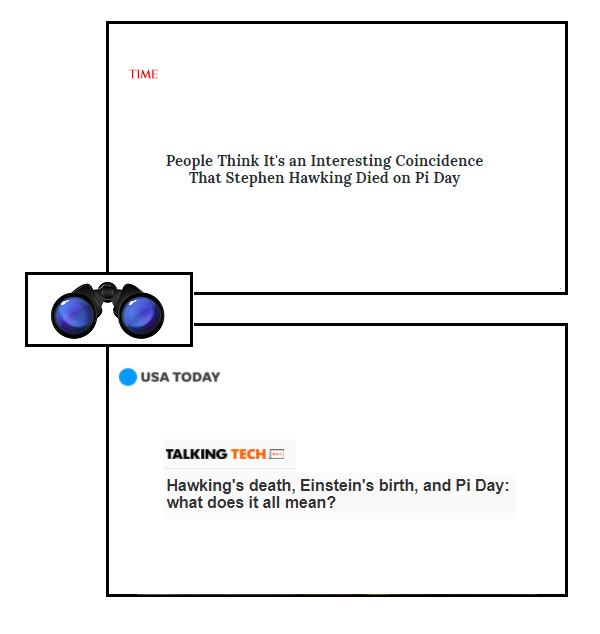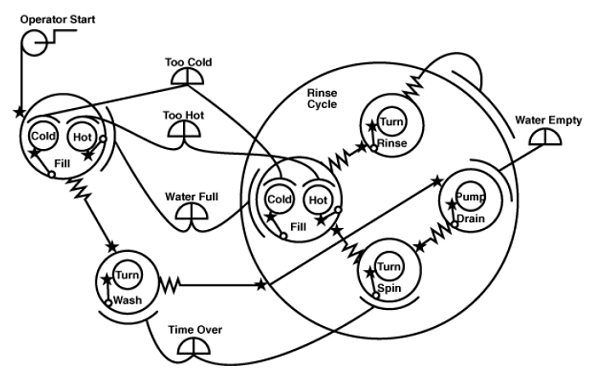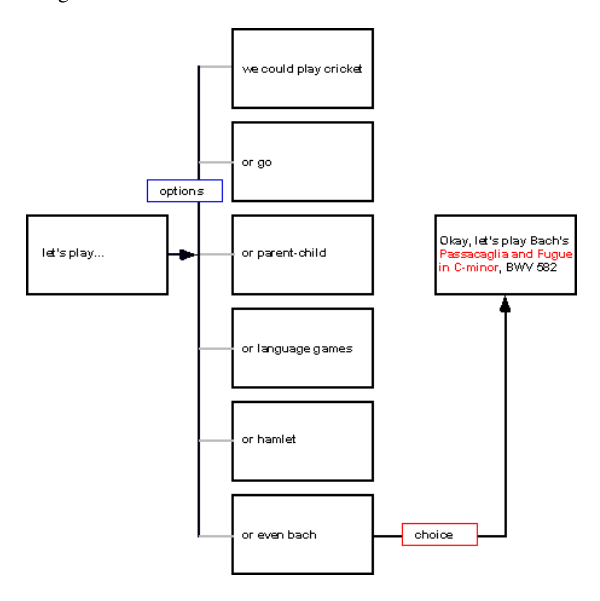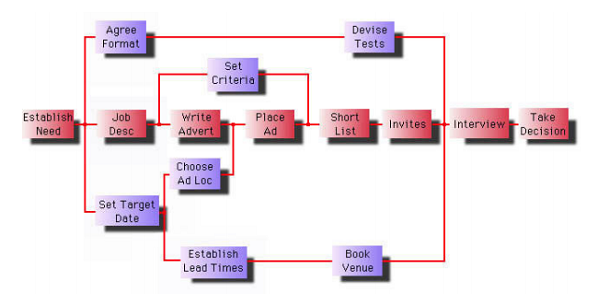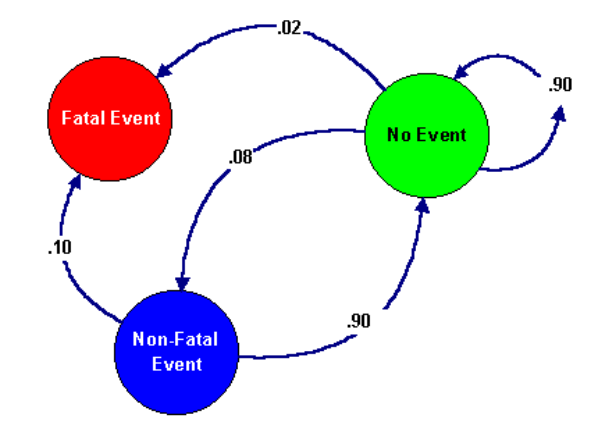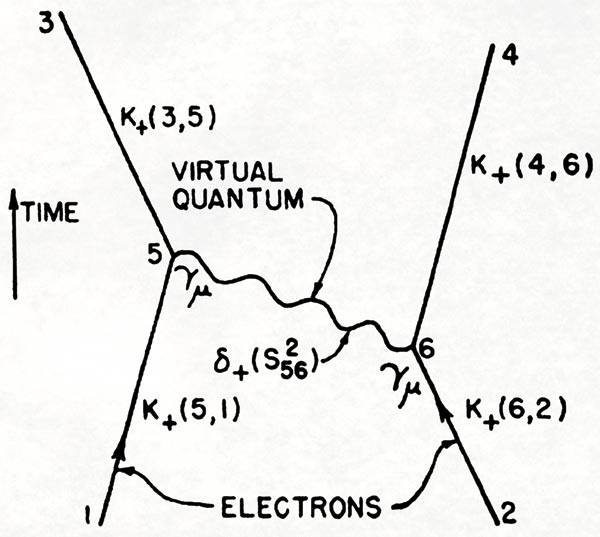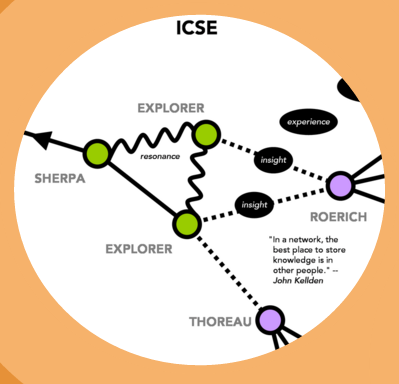Time In all his tuneful turning (ii)
Thursday, March 15th, 2018[ by Charles Cameron — Dylan Thomas’ vision of time to set beside Stephen Hawking’s ]
.
**
I’m arguing here that Dylan Thomas is at least as great a thinker about time as Stephen Hawking, and his masterpiece, Fern Hill is my proof text to that effect.
I’ll borrow here from a piece I wrote called That HyperText is Linear: it’s the Northrop Frye applied to Dylan Thomas bit that’s of relevance here:
**
I get much of my thinking in this area from the literary critic, Northrop Frye, who says somewhere that you can (and should) read a poem through from beginning to end, and that this will give you what he calls the “diachronic” meaning — the sequential meaning “through time”: but when you have done this, you should also perceive what he calls the “synchronic” meaning — the meaning that comes from the poem as a whole, with all its parts simultaneously present and influencing one another, in a way that is impossible in a first sequential reading, but is possible in a meditative way afterwards…
Take Dylan Thomas’ poem, “Fern Hill”, for example. It’s an incredible tour-de-force, moving from the poet’s sense of wonder and praise at the natural world around him in childhood, to the moment when time takes him
Up to the swallow-thronged loft by the shadow of my hand
and he wakes
to the farm forever fled from the childless land…
— his “lamb white days” are over, and he realizes finally that
as I was young and tender in the mercy of his means,
Time held me green and dying…
That is, so to speak, the throughline, the sense of the poem from start to finish — as I child I was young and easy under the apple boughs, I was green and carefree: and yet, all the while, my childhood was slipping away from me, for Time itself held me green and dying…
That’s the “diachronic” reading…
But the “synchronic” reading is quite different. It doesn’t depend in the same way on a process through time. Instead, it works by the piling up of similar phrases:
the sun that is young once only…
All the sun long…
the sun grew round that very day…
the sun born over and over…
These phrases, scattered throughout the poem, seem to build on one another, almost imperceptibly, in a very remarkable way. Suppose that it was life, rather than the sun, that was at issue here:
A phrase like “life that is young once only” would clearly emphasize the freshness of youth and the decay that age brings — and thus be very much in line with the diachronic meaning of the poem. But a phrase like “life long” would emphasize the enduring quality in life, maybe even its eternal quality (“eternal life” even), while “life born over and over” would capture the cyclical feeling that’s present in the rotation of the seasons (and in the idea of reincarnation) — and “the sun grew round that very day”, while it doesn’t make sense to read it as “life grew round that very day”, clearly means that each moment is itself the moment of sunlight, in a way that’s akin to the zen sense of living in the moment…
So it’s as though the poem moves from beginning to end along a track that emphasizes initial innocence and its eventual loss: but read in the wholistic, “synchronous” sense, it quietly suggests that time can be viewed as a slowly entropic and degenerative process, as an endless and unbroken wholeness, as always and only the instant, and as a cyclical recurrence…
To me, that’s mind-blowing. Thomas isn’t presenting one of these as “the truth” — to the extent that there’s a “main” way to view time in the poem, it’s certainly in terms of a slow and not so slow process of the loss of innocence — but as four complementary ways in which we can see it. Four major philosophies of time in one poem, phrased in terms of the sun, and thus slipping almost unnoticed into our consciousness while we’re busy following the “throughline” or “plain sense” of the poem… four major philosophies, not contradicting one another, but spoken together, as in a polyphony.
There are some similar phrases relating to the moon, too, and they need to be similarly weighed and considered if you want to go deeper into “Fern Hill” — but that’s another part of the story, for another day…
**
That’s from That HyperText is Linear, not currently available on the web.
Four major philosophies of time, each seen from a human perspectove, voiced together as a polyphony, and presented “subcutaneously” — beneath the surface of the poem, and of the reader’s conscious awareness.
That’s what I admire in Thomas’ poem, and what I would compare with Stephen Hawking’s analog of another great scientist’s “Single vision & Newton’s sleep!” — for the juxtaposition of Dylan Thomas vs Stephen Hawking is indeed an age-old one, finding its classic instantiation in William Blake‘s antipathy towards Isaac Newton.
William Blake, Isaac Newton, The Tate Gallery
I’ll let Alan Moore, he of the comics [Watchmen, eg], explain:
For Blake, the boundaries of Newton’s thought were the cold, stone parameters of an internal dungeon to which all humanity had been condemned without its comprehension or its knowledge. Despite the invigorating consequences Newton’s influence would have for a then-nascent industry, Blake would elsewhere describe this rigid and reductive pall as ‘Newton’s Sleep’, a drowse insensible to vision or to ethical restraint beneath which it appeared the world had fallen. Goya to the contrary, here the monstrosity was birthed not by the sleep of reason, but instead born from that sleep which reason represented. From our own industrially despoiled and bankrupted contemporary perspective, Blake’s view surely seems a product of extraordinary prescience rather than of the angel-addled madness which some of his less insightful critics have attributed.
Enough.

